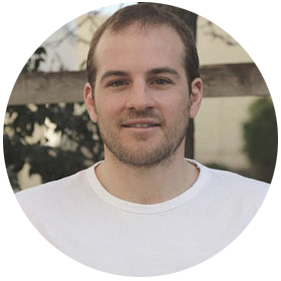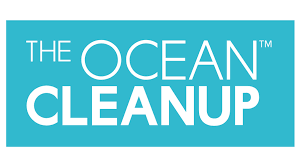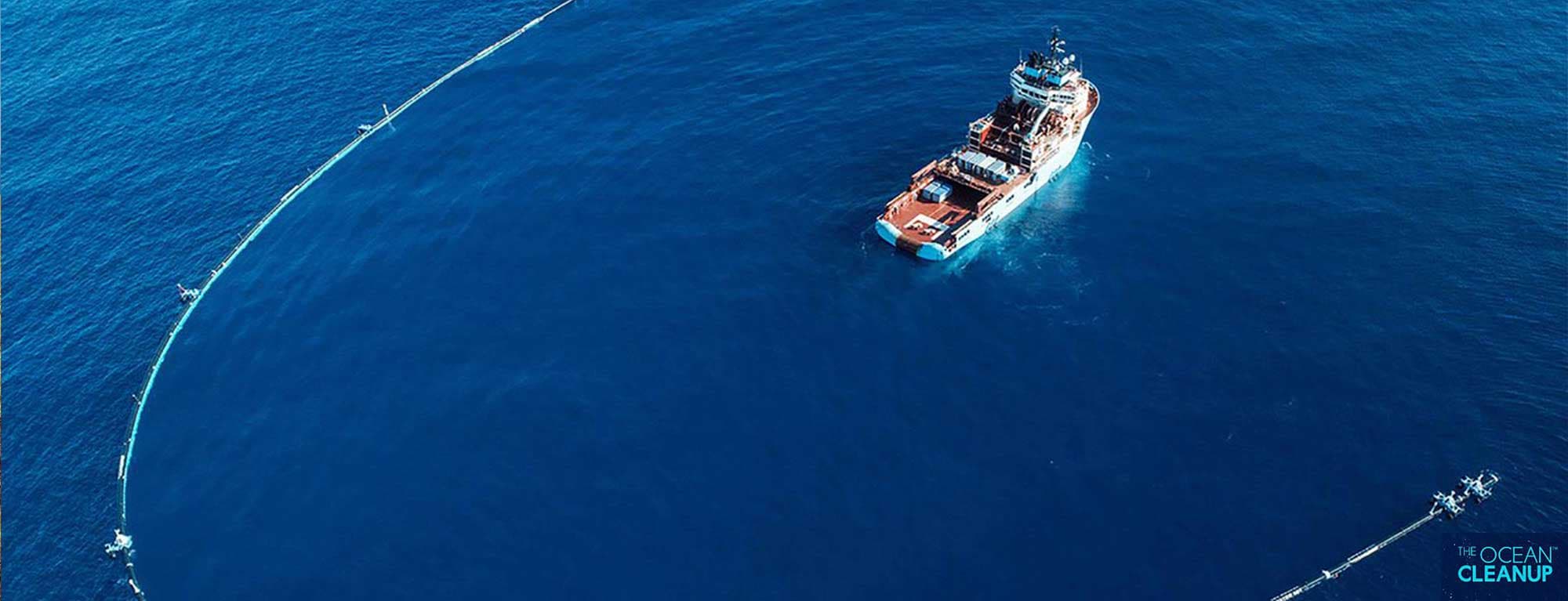
Home
Newsroom
Case Studies
Pléiades
Airbus supports The Ocean Clea...
Pléiades Tasking Helping to Clean the World’s Ocean
Learn how Pléiades tailored tasking supports 'The Ocean Cleanup' initiative to collect floating plastic in the Pacific Ocean.
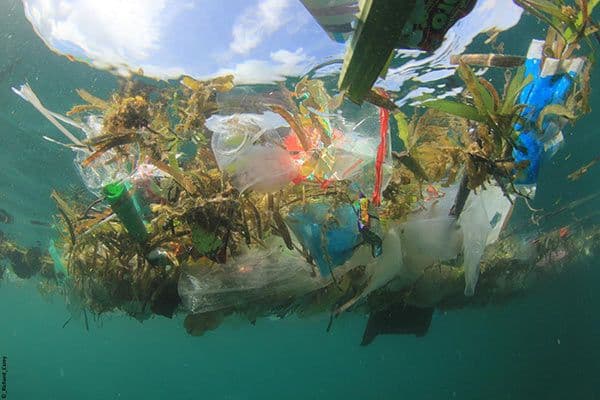
Challenge
The Ocean Cleanup developed a chain of algorithms to detect ghost nets on the surface of the ocean. These ghost nets indicate the presence of plastic around them. To detect moving objects, The Ocean Cleanup needed information in less than 24 hours. The workflow includes the acquisition of an image on the precise location of the floating barrier in the heart of the Pacific ocean, the automatic detection of ghost nets and the transmission of information to the team at sea.
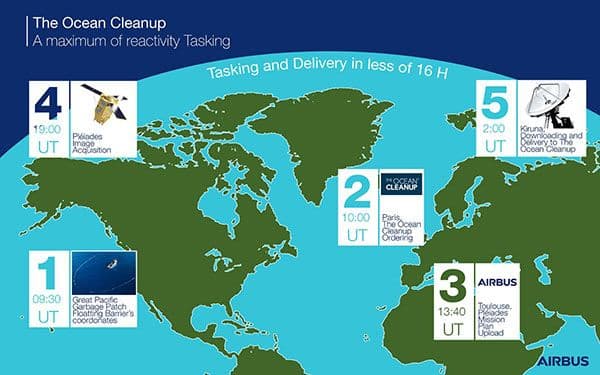
Our Solution
Airbus creates a bespoke tasking process to acquire high-resolution Pléiades imagery with the maximum reactivity level. In less than 16 hours, The Ocean Cleanup Research Centre orders and receives the tasking. From their office in Paris, they coordinate all the information transfer to the vessels in the Great Pacific Garbage Patch from the floating barrier coordinates to the location of the ghost nets.
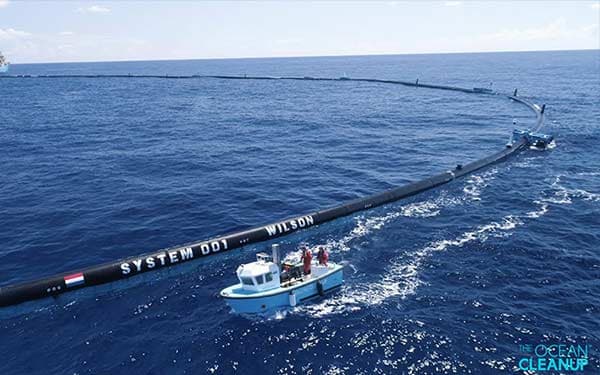
On 19th October 2018, the technical evaluation of the Pléiades tasking was launched, coupled with The Ocean Cleanup's ghost nets detection algorithm. The Pléiades image was delivered 16 hours after the confirmation of the floating barrier’ coordinates. Despite cloud-cover, 56% of the surface was still visible and 10 ghost nets were detected around the driftnet by the Ocean Cleanup algorithm. This experiment demonstrates the effectiveness of the detection method to provide reliable estimations of objects in the ocean.
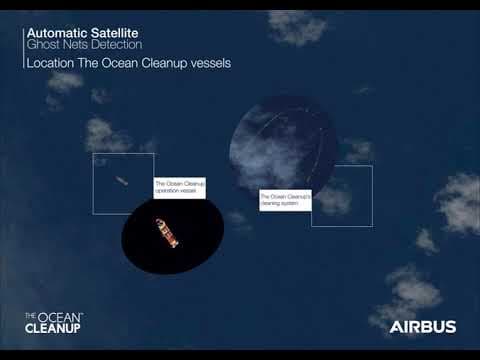
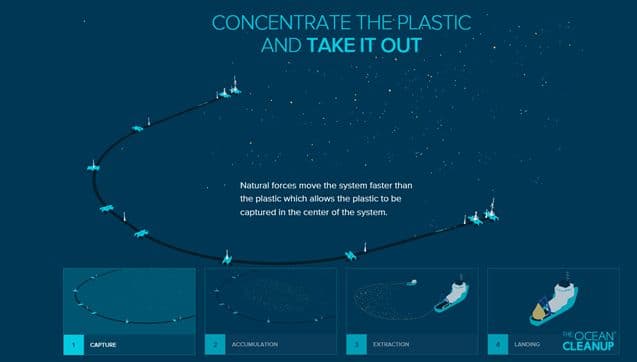
Benefits
Detecting ghost nets on a satellite images provides The Ocean Cleanup several operational advantages:
- Decision support to successfully operate the floating barrier
- Optimises the amount of plastic harvested
- Supplies fresh information to enable adjustment to the floating barrier for better accuracy
- Monitors water and sea state around the barrier and The Ocean Cleanup's vessels
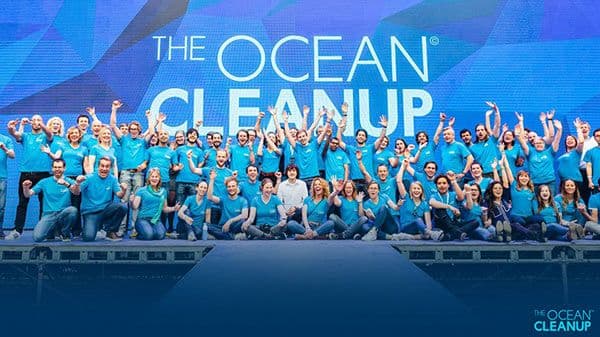
The Ocean Cleanup, is a non-profit organisation founded in 2013 in The Netherlands by Boyan Slat. Today, with a team of 90 researchers, scientists and computational modellers, the NGO is developing advanced technologies to rid the world’s oceans of plastic.
Want to know more?
Our sales team will be happy to provide you more information about this case study and how it can meet your business needs.

